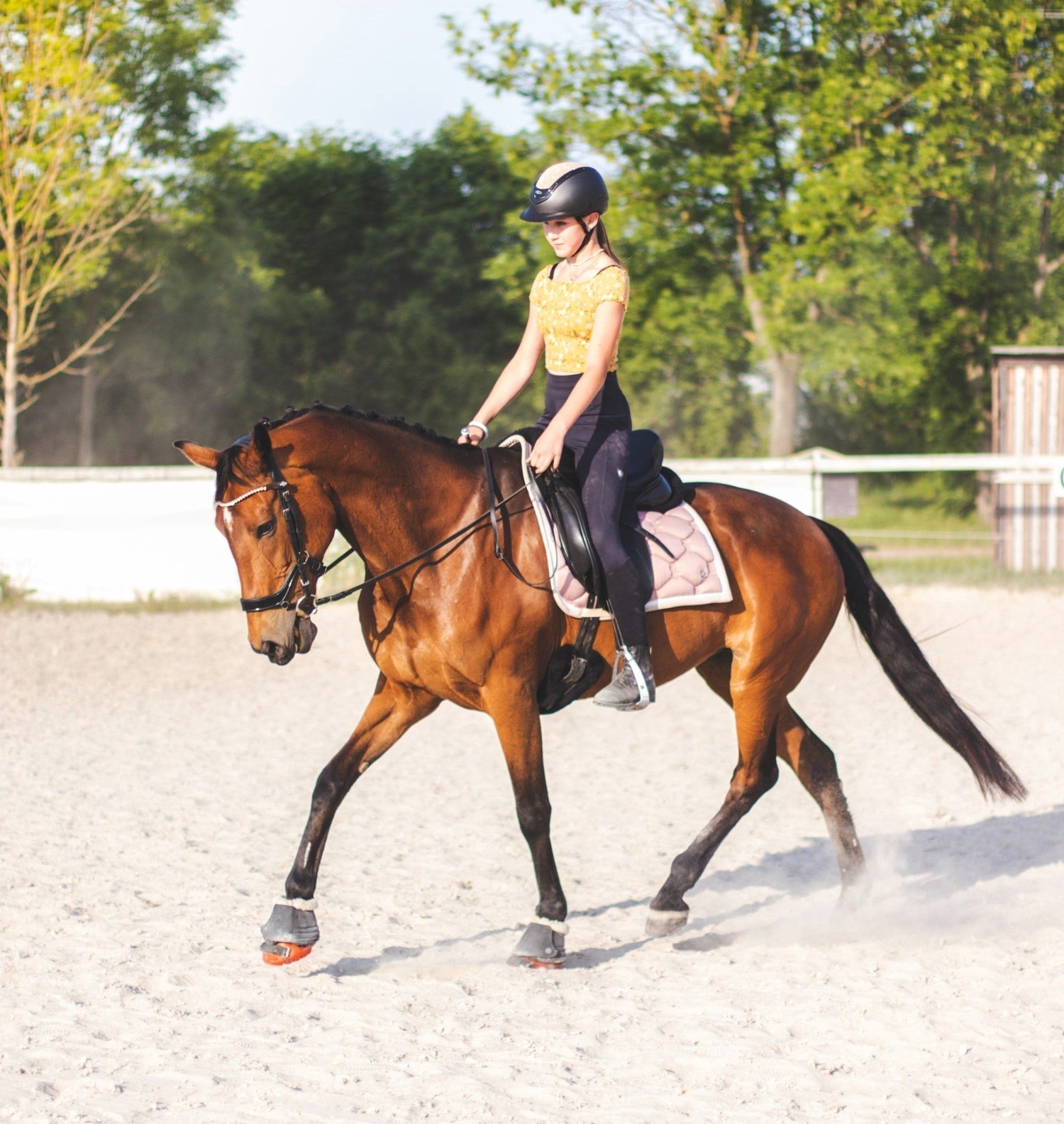Insights from Anna at GoBarefootHorse.com
The sensation of the horse hoof is an important aspect of equine health and welfare
Horses rely on their hooves to navigate their environment and to support their weight, and any disruptions to natural hoof sensation can have negative consequences for their overall well-being. One factor that can affect hoof sensation is the use of horseshoes.
Horseshoeing became a common practice among horse owners and farriers. Horseshoes are typically made of metal and are attached to the horse’s hooves using nails or other fasteners. The primary purpose of horseshoes is to protect the soft or weakened horse’s hooves from wear and tear. However, horseshoes can restrict the natural sensation of the horse hoof.
The sensation of the horse hoof is important for several reasons. First, it allows the horse to detect changes in the ground surface, such as uneven terrain or slippery surfaces. This is important for maintaining balance and preventing falls.
Second, hoof sensation is important for detecting pain and discomfort in the hoof. When the horse is barefoot, it can feel the ground more directly, and any discomfort or pain can be detected more quickly.
Third, natural hoof sensation is important for promoting healthy hoof growth and development. The horse’s hooves are designed to adapt to their environment, and natural hoof sensation helps to stimulate the growth of healthy, strong hooves.
When horses are shod, the metal horseshoe can restrict natural hoof sensation. The horseshoe acts as a barrier between the horse’s hoof and the ground surface, which can reduce the amount of sensory input that the hoof receives.
This can make it more difficult for the horse to detect changes in the ground surface and to maintain balance. Additionally, the horseshoe can interfere with the natural flexion and movement of the hoof, which can lead to problems with hoof health and development.
We suggest that horse owners may consider transitioning their horses to a barefoot lifestyle, which can provide a more natural environment for the horse’s hooves and allow for better sensory input and healthy hoof development.
In conclusion, natural hoof sensation is an important aspect of equine health and welfare, and horseshoeing can restrict this sensation.
It is important to consider the impact that horseshoeing have on natural hoof sensation and to work to maintain this sensation as much as possible. Horse owners, Vets and Trimmers should work together to ensure that horses are managed appropriately and that natural hoof sensation is not compromised.





